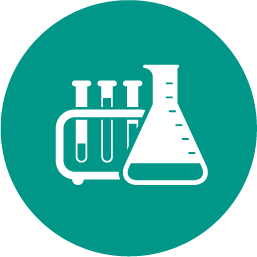
Chemistry, 04.05.2021 04:10 jungcoochie101
The molar heat of fusion for iodine is 16.7 kJ/mol. The specific heat capacity liquid lodine is 0.054 J/g °C. Calculate the amount of energy required to melt 1.7 g of solid lodine and then heat the liquid to 180 °C? The melting point of lodine is 114 °C. (Make Sure answer is in J, not KJ)

Answers: 2


Another question on Chemistry

Chemistry, 22.06.2019 03:30
The atomic radius of sodium is 186 pm and of chlorine is 100 pm. the ionic radius for na+ is 102 pm and for cl– is 181 pm. in going from na to cl in period 3, why does the atomic radius decrease while the ionic radius increases? a. the inner electrons in the sodium cation shield its valence electrons more effectively than the inner electrons in the chloride anion do. b. the inner electrons shield the valence electrons more effectively in the chlorine atom than in the chloride anion. c. the outermost electrons in chloride experience a smaller effective nuclear charge than those in the sodium cation do. d. the outermost electrons in chloride experience a larger effective nuclear charge than those in the sodium cation do. e. monatomic ions are bigger than the atoms from which they are formed.
Answers: 2


Chemistry, 22.06.2019 11:40
Which of these expressions are correct variations of the combined gas law? p1v1t2 = p2v2t1 both
Answers: 2

Chemistry, 22.06.2019 19:00
How many liters of ethylene glycol antifreeze (c2h6o2), with a density of 1.100 g/l, would you add to your car radiator containing 15.0 kg of water if you needed to protect your engine to - 21.5°c? for water, kf = 1.86°c m -1.
Answers: 1
You know the right answer?
The molar heat of fusion for iodine is 16.7 kJ/mol. The specific heat capacity liquid lodine is 0.05...
Questions


Mathematics, 20.09.2020 08:01







History, 20.09.2020 08:01


History, 20.09.2020 08:01


Mathematics, 20.09.2020 08:01





Computers and Technology, 20.09.2020 08:01




